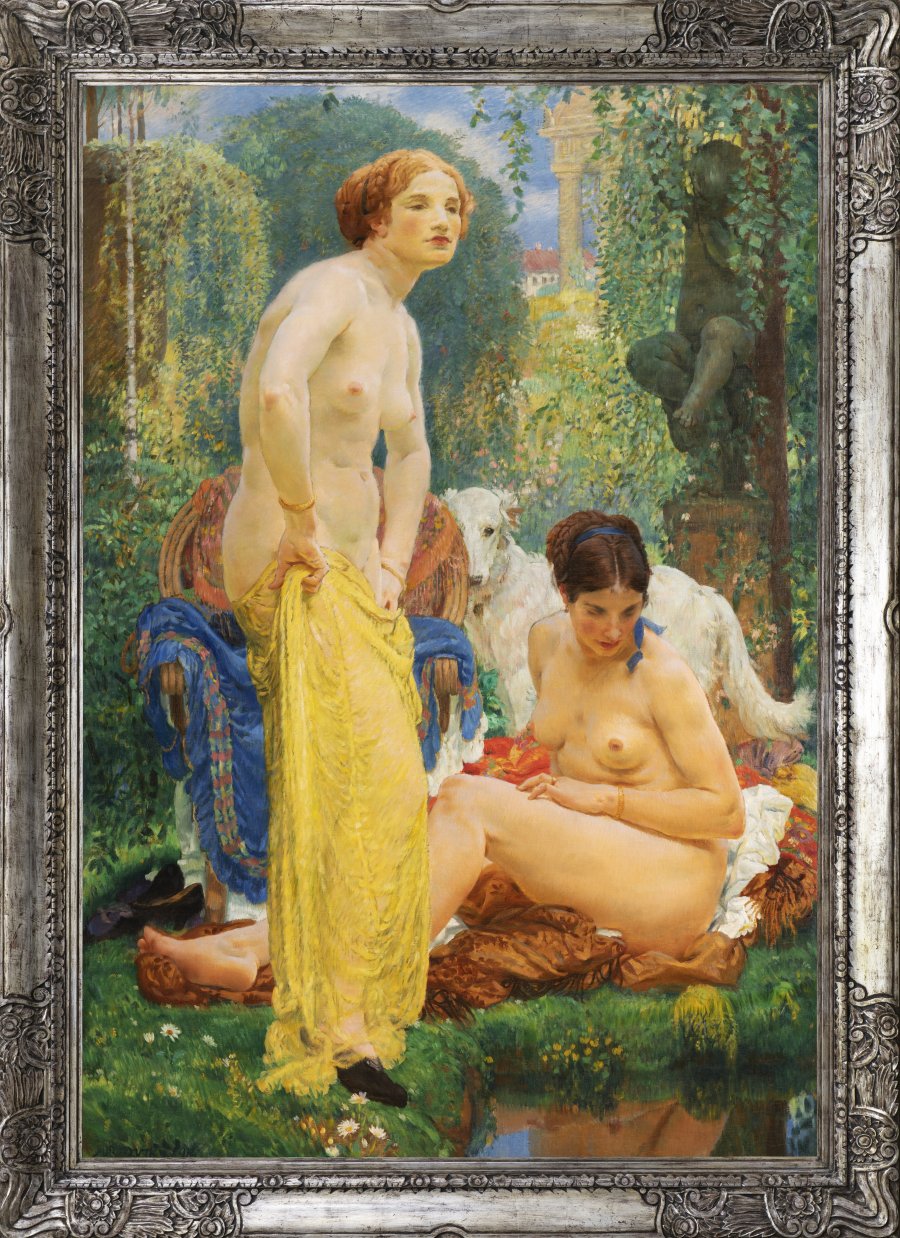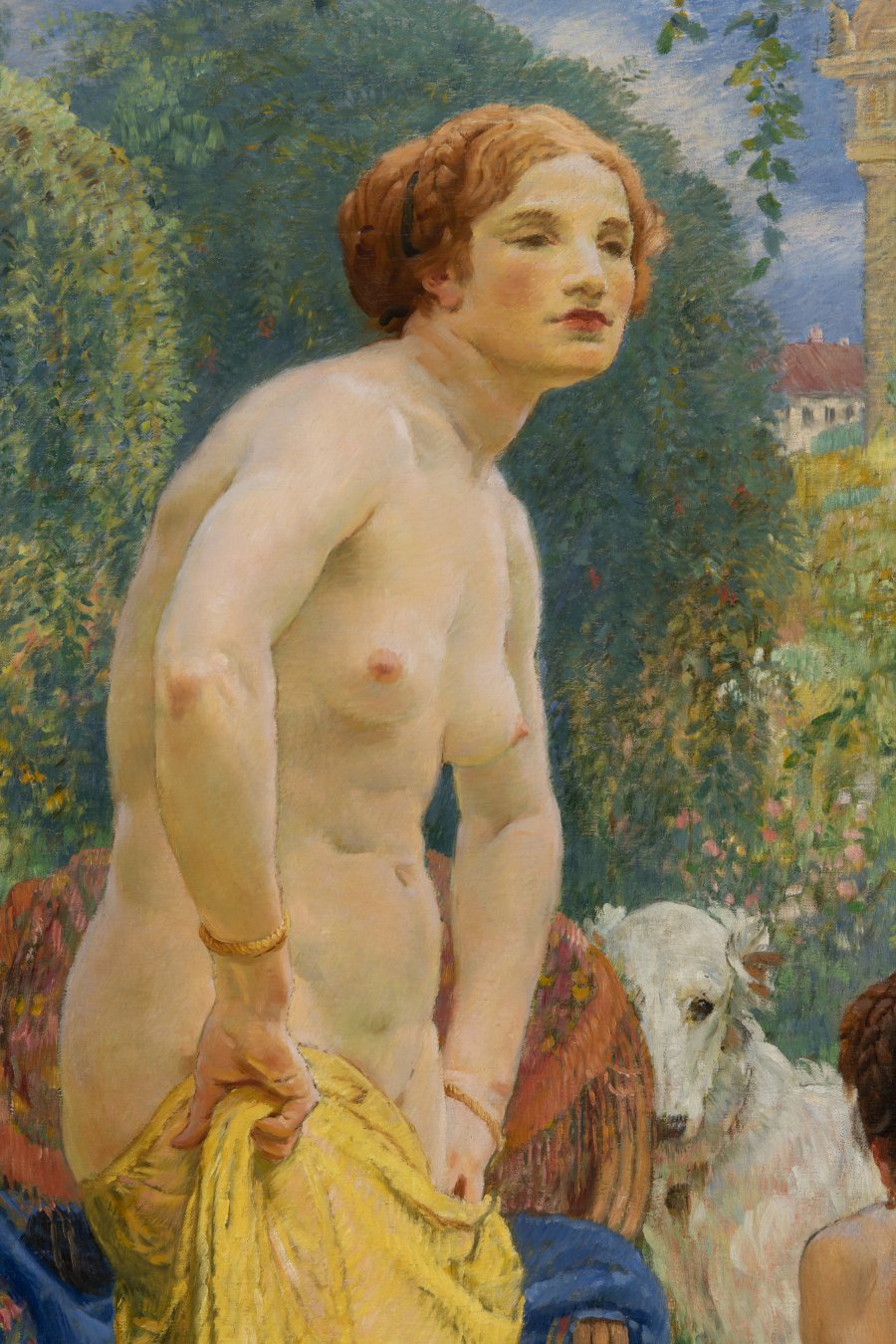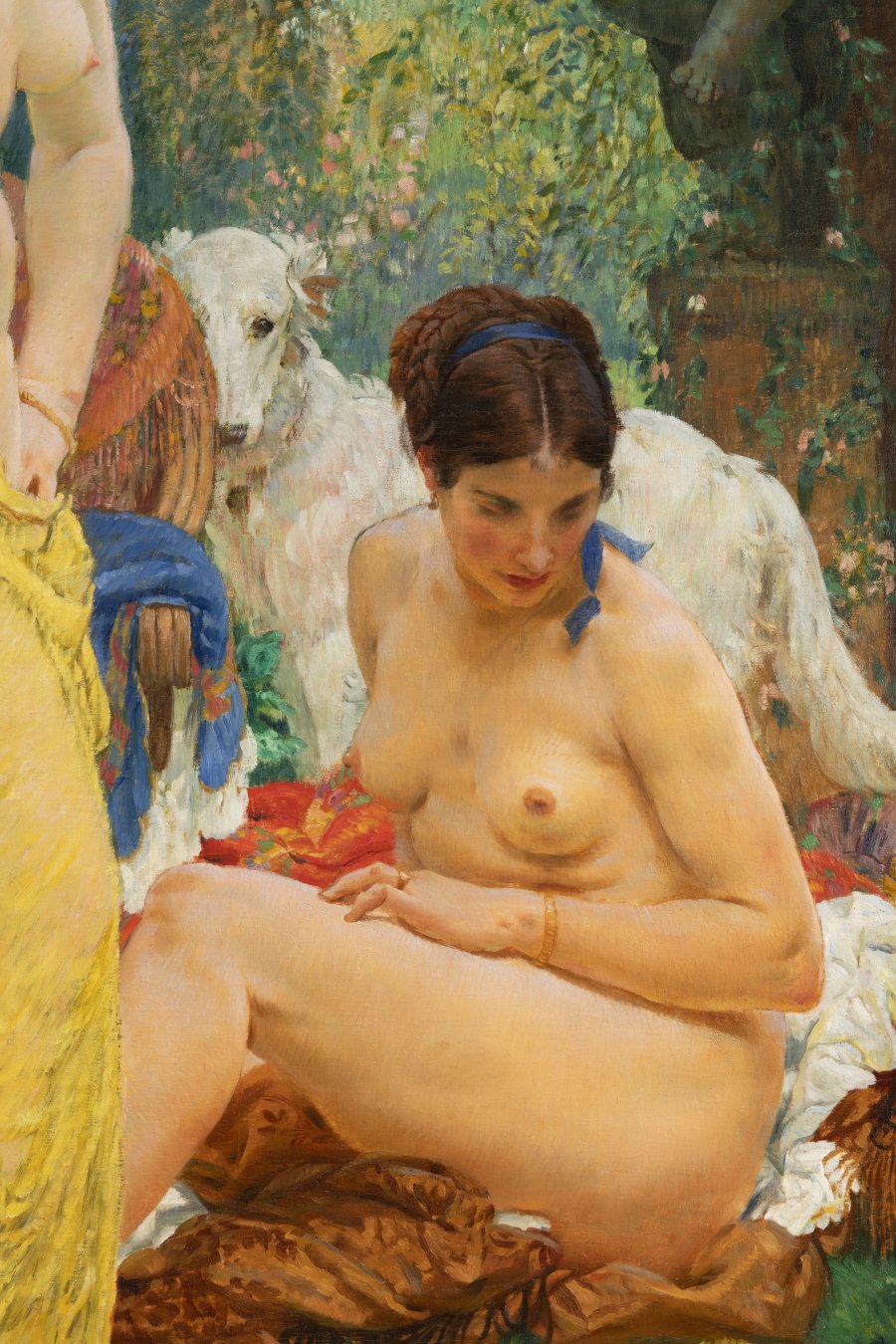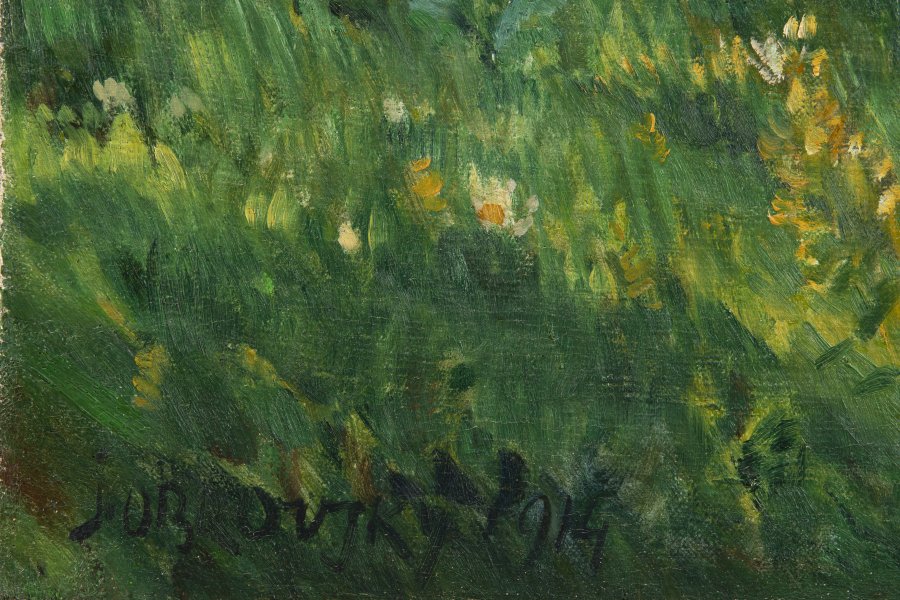380 000 CZK
| 14 902 €
Lot 65
IN NATURE
205 x 140 cm (h x w)
Starting price
Price realized
430 000 CZK
| 16 863 €
| 16 863 €
price without premium
Oil on canvas.
Signed lower left: “Obrovsky 1914”.
This monumental, large-format painting is distinctive for its composition and fresh, spirited color. The canvas divulges the artist’s enchantment with symbolist tendencies (which he acquired during his studies under Professor Maximilián Pirner), Art Nouveau decorativeness and traditional academic painting (from Max Svabinsky); this work also hints at more progressive movements, which at that time were represented in the work of Jan Preisler. Like many artists at the fin de siècle, Obrovsky attempted to capture the natural state of man’s harmony in paradises lost in idyllic timelessness. Submerged in his own ideas, he created a relationship to nature dominated by a deep passion for the beauty of the female body, reaching back to antiquity and Renaissance models. Not only this decorative wall panel, but also his other works, including ones of this character, show signs of quality that are evident especially in the fresh color and masterful brushwork. The overall artistic impression is also underlined by the optimistic, harmonious atmosphere. This unique work dates from around 1914, a period that is attractive among collectors.
A Czech figurative painter, graphic artist and sculptor, Obrovsky was a student of the School of Applied Arts in Prague in 1897–1901, and in 1901–1905 he studied at the Academy of Fine Arts under Emanuel Krescenc Liska and later Maximilián Pirner. He was noted for his talent already as a student; he painted decorative panels and friezes for exhibitions in Prague and Pilsen. In 1907 he received a scholarship from the Hlávka Foundation, which he used to travel to Rome. There he met Otakar Nejedly and Jan Stursa, with whom he traveled throughout Sicily and Syracuse. After he returned, he focused on several interesting public commissions to decorate bank facades and exhibition pavilions. He also painted the altar paintings and frescos in the Church of Saint Wenceslas in Prague–Bohnice. Portrayals of traveling gypsies in his home region was one of his typical subjects. He started to focus on sculpting after 1923. He was a member of the Czech Academy of Sciences and later became a member of the Société Nationale des Beaux Arts in Paris; in 1919 he became a professor at the Academy of Fine Arts in Prague. He regularly traveled to exhibitions at home and abroad, where he was received with deserved success. Ref.: Zlatá Praha, 1919, vol. 36., no. 23–24, p. 156.
More works from auction
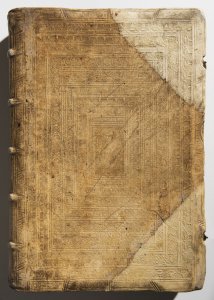
Lot 1 LIBER CHRONICARUM
Starting price650 000 CZK | 25 490 €
Price realized
650 000 CZK | 25 490 €
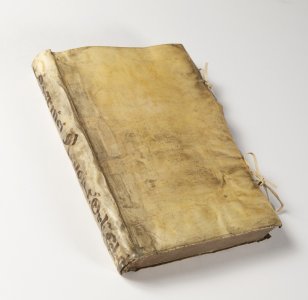
Lot 2 DE REVOLUTIONIBUS ORBIUM COELESTIUM
Starting price1 900 000 CZK | 74 510 €
Price realized
2 000 000 CZK | 78 431 €
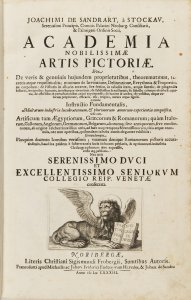
Lot 3 ACADEMIA NOBILISSIMAE ARTIS PICTORIAE
Starting price40 000 CZK | 1 569 €
Price realized
41 000 CZK | 1 608 €
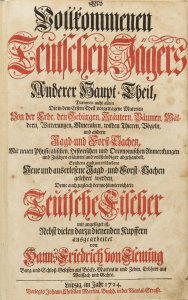
Lot 4 DES VOLLKOMMENEN TEUTSCHEN JÄGERS ANDERER HAUPT-THEIL
Starting price38 000 CZK | 1 490 €
Price realized
10 000 CZK | 392 €
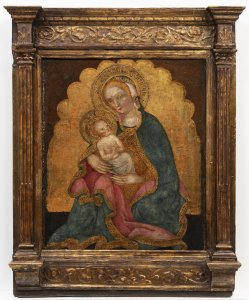
Lot 5 MADONNA WITH THE CHRIST CHILD
Starting price500 000 CZK | 19 608 €
Price realized
500 000 CZK | 19 608 €
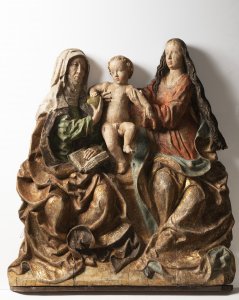
Lot 6 THE VIRGIN AND CHILD WITH ST. ANNE
Starting price350 000 CZK | 13 725 €
Price realized
350 000 CZK | 13 725 €
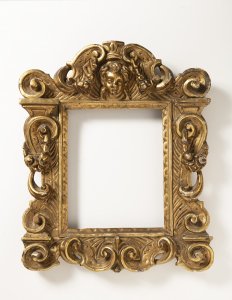
Lot 7 ITALIAN RENAISSANCE FRAME
Starting price55 000 CZK | 2 157 €
Price realized
65 000 CZK | 2 549 €
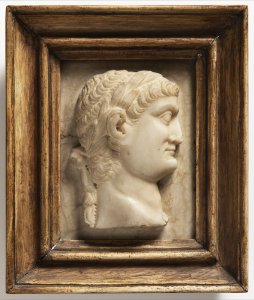
Lot 8 TWO RELIEF PORTRAITS OF ROMAN EMPERORS
Starting price45 000 CZK | 1 765 €
Price realized
45 000 CZK | 1 765 €
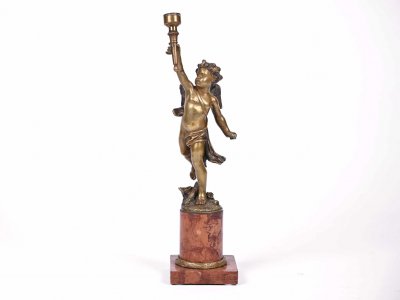
Lot 9 VENUS HONORED BY NYMPHS AND A FAUN
Starting price280 000 CZK | 10 980 €
Price realized
23 225 CZK | 911 €
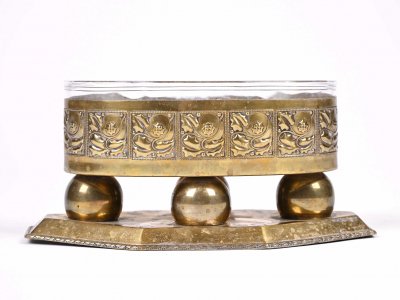
Lot 10 SAINT AGNES OF ROME
Starting price200 000 CZK | 7 843 €
Price realized
3 466 CZK | 136 €
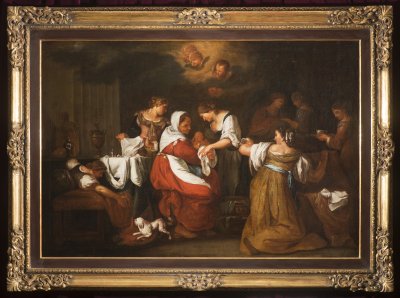
Lot 11 THE BIRTH OF THE VIRGIN
Starting price800 000 CZK | 31 373 €
Price realized
950 000 CZK | 37 255 €
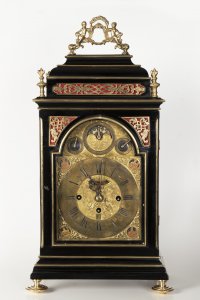
Lot 12 A BAROQUE TABLE CLOCK
Starting price100 000 CZK | 3 922 €
Price realized
100 000 CZK | 3 922 €
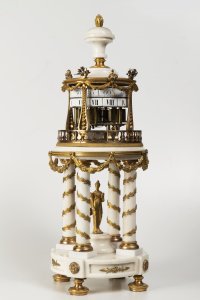
Lot 13 A ROTUNDA TABLE CLOCK
Starting price120 000 CZK | 4 706 €
Price realized
170 000 CZK | 6 667 €
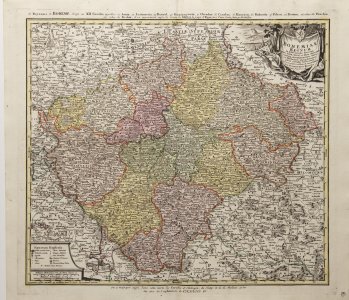
Lot 14 MAPS OF BOHEMIA AND MORAVIA
Starting price28 000 CZK | 1 098 €
Price realized
35 000 CZK | 1 373 €
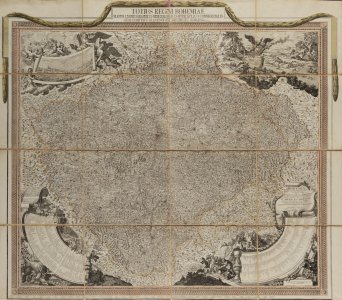
Lot 15 A LARGE MAP OF BOHEMIA
Starting price48 000 CZK | 1 882 €
Price realized
70 000 CZK | 2 745 €
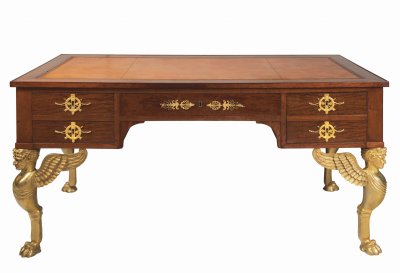
Lot 16 AN EMPIRE DESK
Starting price290 000 CZK | 11 373 €
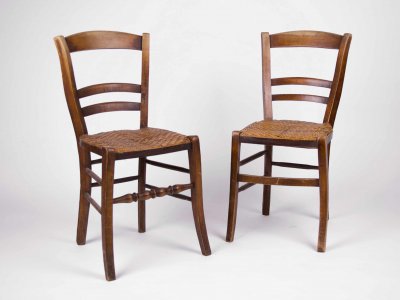
Lot 17 A NEOCLASSICAL CHANDELIER
Starting price55 000 CZK | 2 157 €
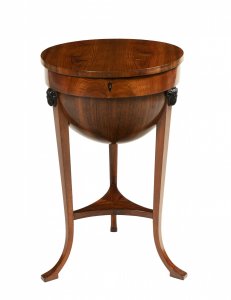
Lot 18 A BIEDERMEIER SEWING TABLE
Starting price120 000 CZK | 4 706 €
Price realized
120 000 CZK | 4 706 €
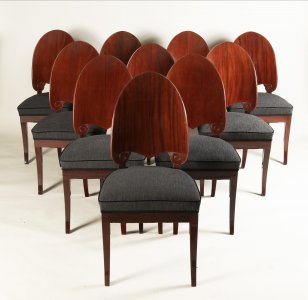
Lot 19 A SET OF TWELVE NORTHERN EUROPEAN MAHOGANY CHAIRS
Starting price450 000 CZK | 17 647 €
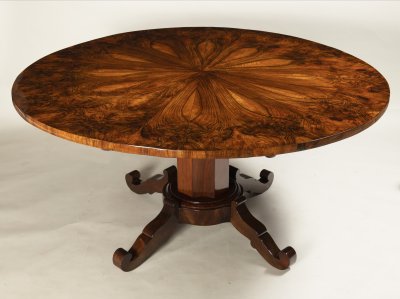
Lot 20 A BIEDERMEIER STYLE TABLE
Starting price70 000 CZK | 2 745 €
Price realized
100 000 CZK | 3 922 €
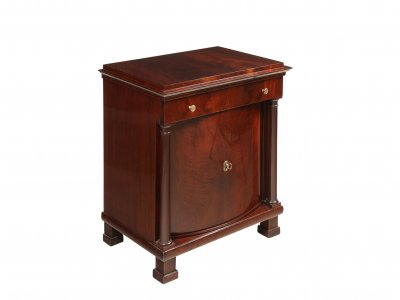
Lot 21 A BIEDERMEIER CHEST
Starting price25 000 CZK | 980 €
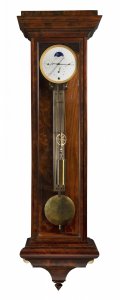
Lot 22 A LATERN CLOCK
Starting price400 000 CZK | 15 686 €
Price realized
400 000 CZK | 15 686 €
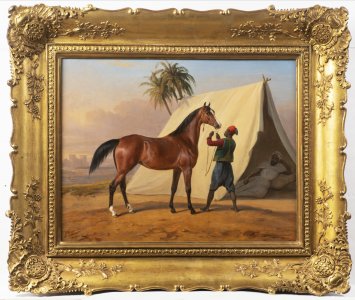
Lot 23 SHOWING AN ARABIAN HORSE
Starting price1 800 000 CZK | 70 588 €
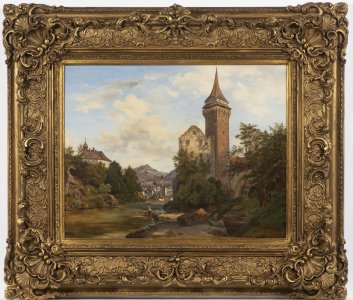
Lot 24 ALPINE MOTIF
Starting price120 000 CZK | 4 706 €
Price realized
120 000 CZK | 4 706 €
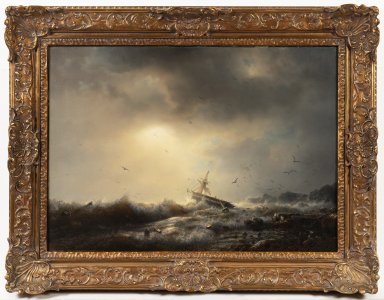
Lot 25 SINKING SHIP
Starting price150 000 CZK | 5 882 €
Price realized
160 000 CZK | 6 275 €
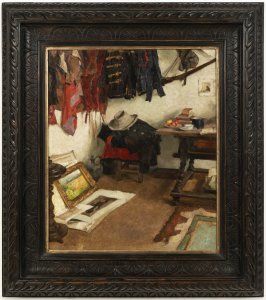
Lot 26 STILL LIFE IN THE STUDIO
Starting price180 000 CZK | 7 059 €
Price realized
350 000 CZK | 13 725 €
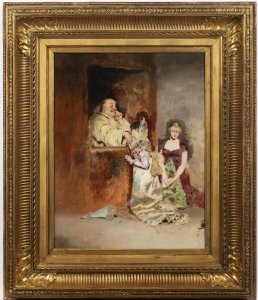
Lot 27 AT THE CONFESSIONAL
Starting price220 000 CZK | 8 627 €
Price realized
220 000 CZK | 8 627 €
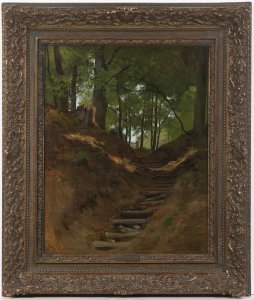
Lot 28 PATH IN A WOODED HILLSIDE
Starting price150 000 CZK | 5 882 €
Price realized
200 000 CZK | 7 843 €
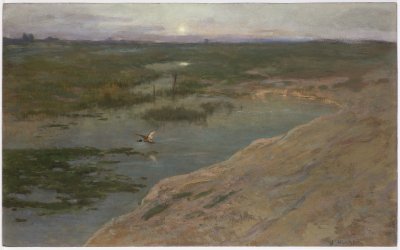
Lot 29 DAWN IN THE LANDSCAPE
Starting price70 000 CZK | 2 745 €
Price realized
80 000 CZK | 3 137 €
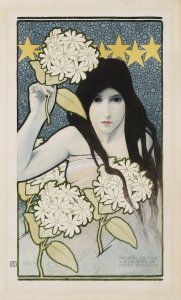
Lot 30 DAY AND NIGHT DIPTYCH
Starting price450 000 CZK | 17 647 €
Price realized
450 000 CZK | 17 647 €
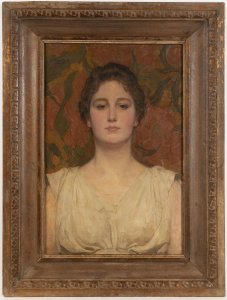
Lot 31 THE DUTCH VIRGIN
Starting price50 000 CZK | 1 961 €
Price realized
70 000 CZK | 2 745 €
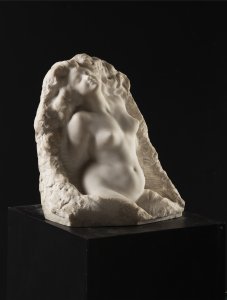
Lot 32 DREAMING
Starting price55 000 CZK | 2 157 €
Price realized
65 000 CZK | 2 549 €
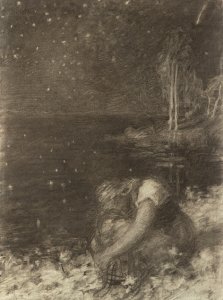
Lot 33 FOUR DRAWINGS FOR KAREL HYNEK MACHA’S MAY
Starting price100 000 CZK | 3 922 €
Price realized
200 000 CZK | 7 843 €
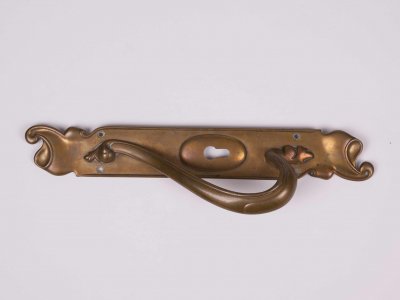
Lot 34 A BOWL
Starting price25 000 CZK | 980 €
Price realized
160 000 CZK | 6 275 €
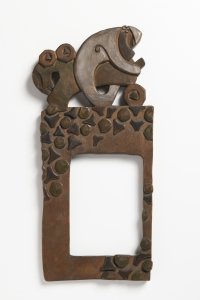
Lot 35 A PORTRAIT FRAME
Starting price18 000 CZK | 706 €
Price realized
95 000 CZK | 3 725 €
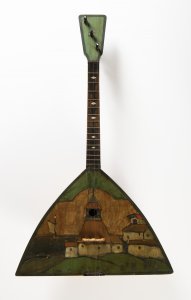
Lot 36 A BALALAIKA
Starting price20 000 CZK | 784 €
Price realized
95 000 CZK | 3 725 €

